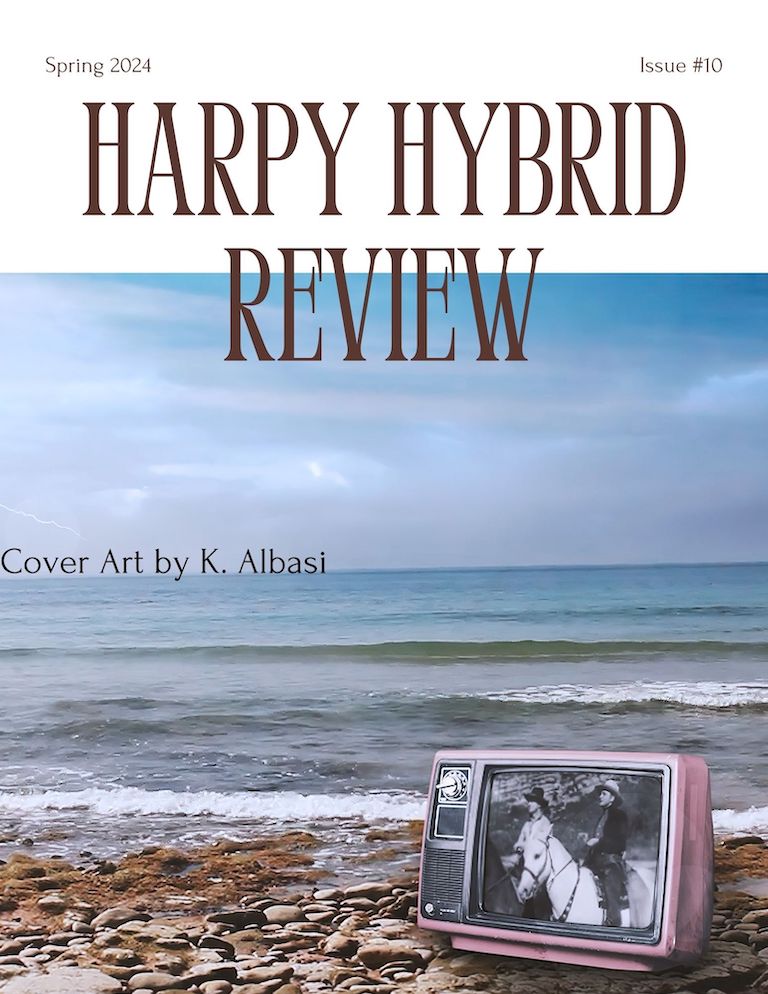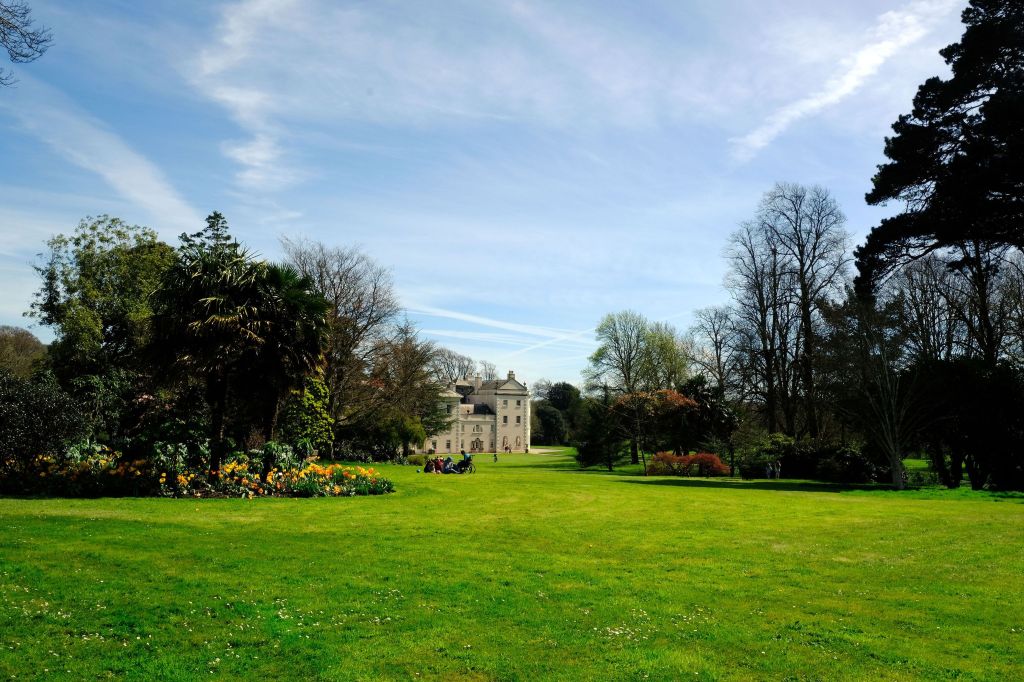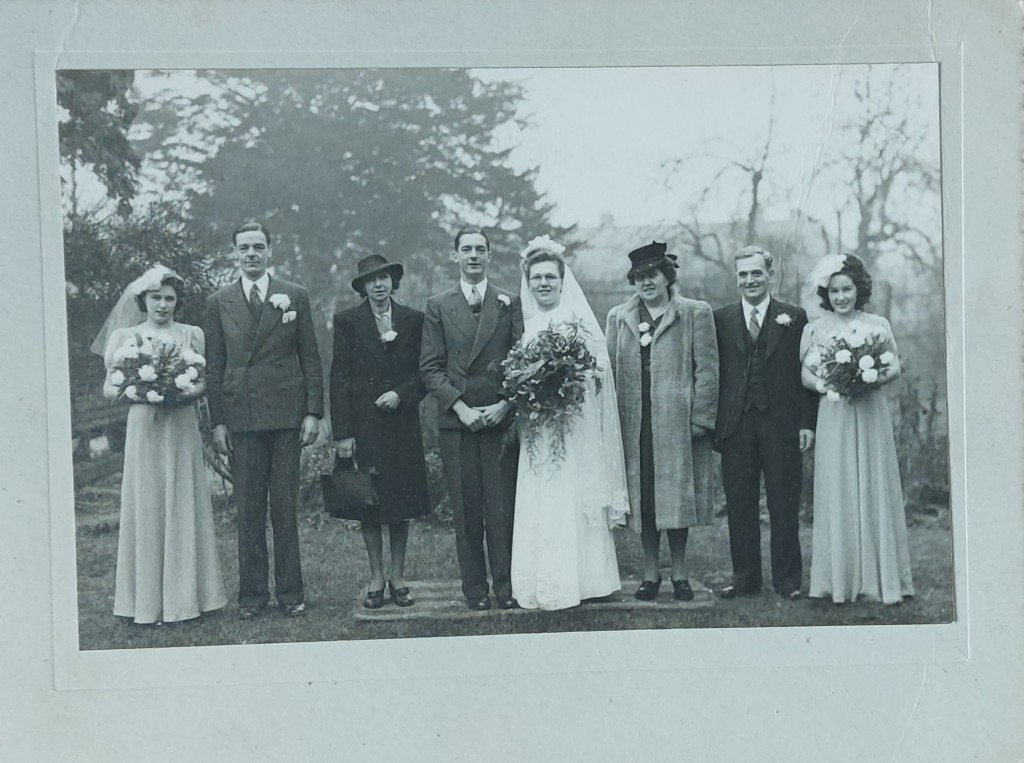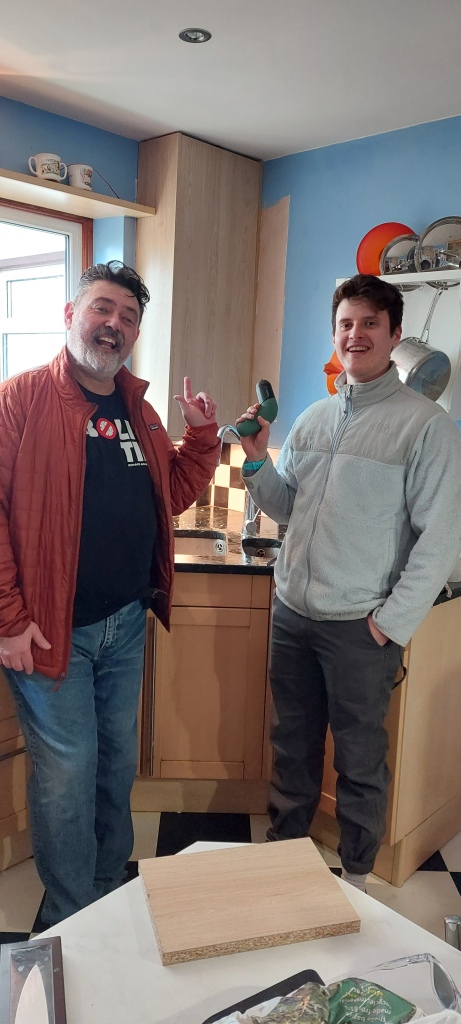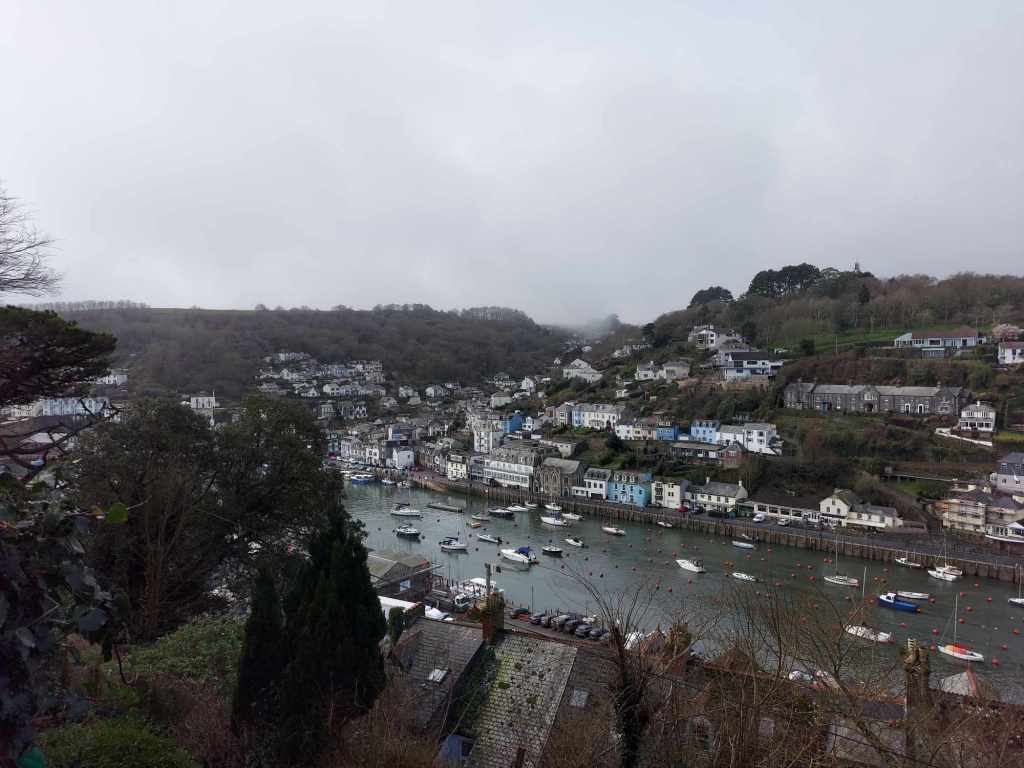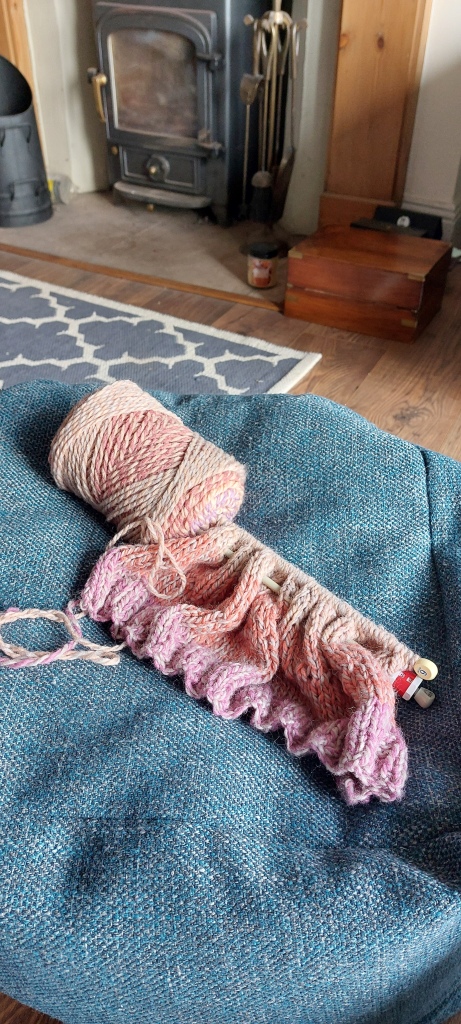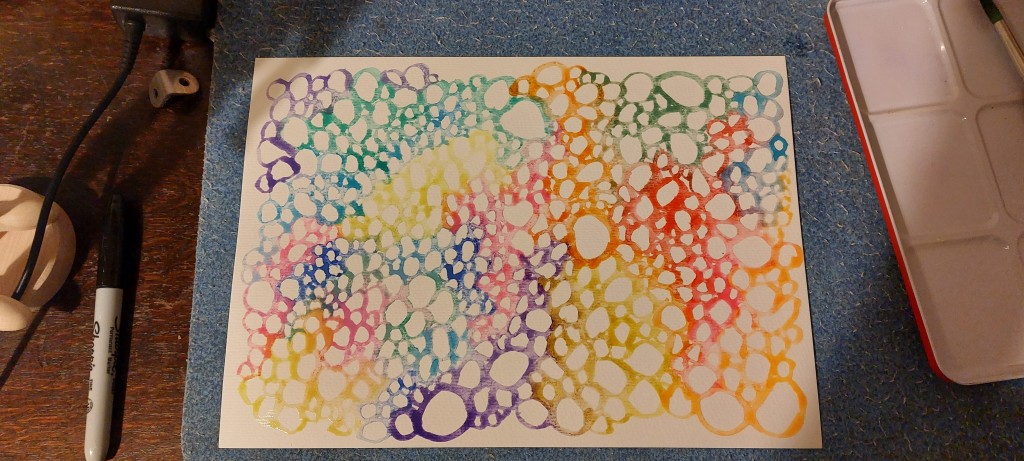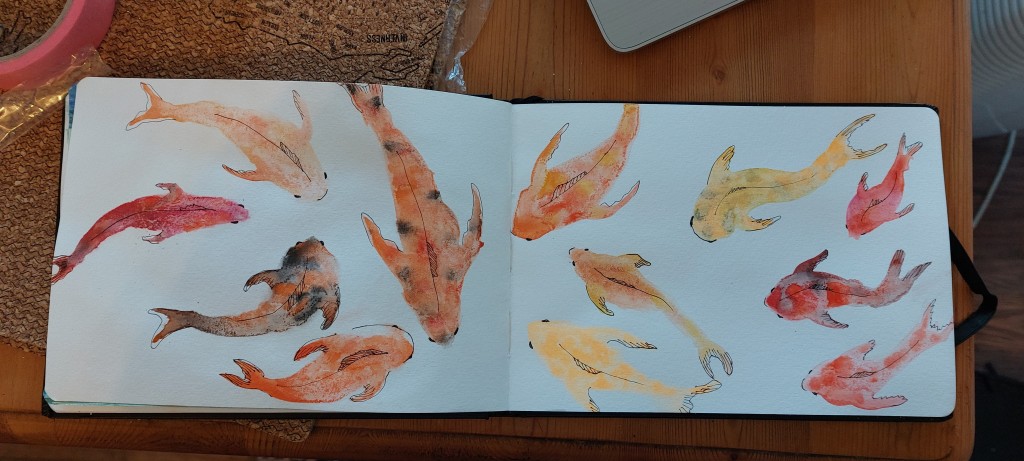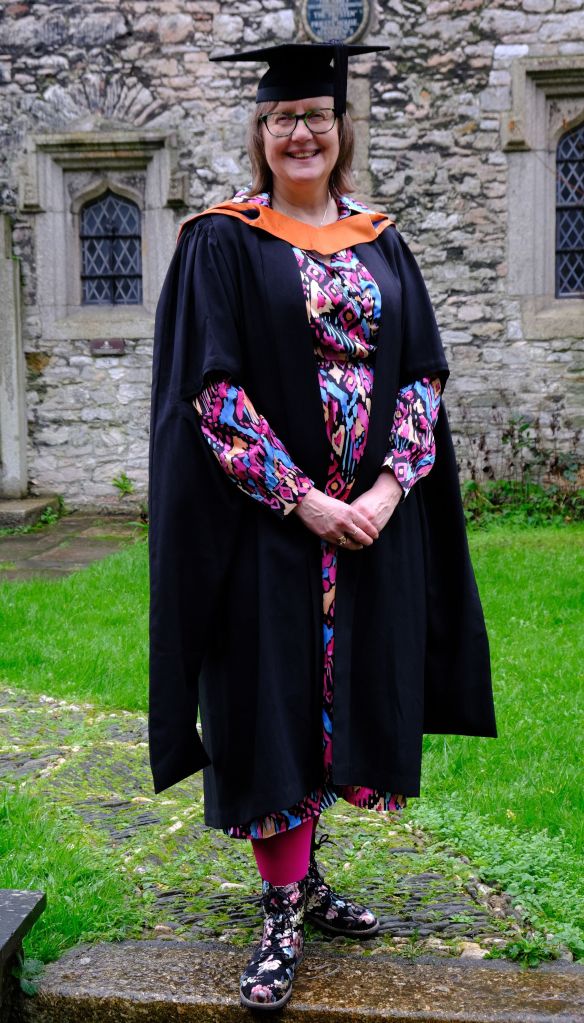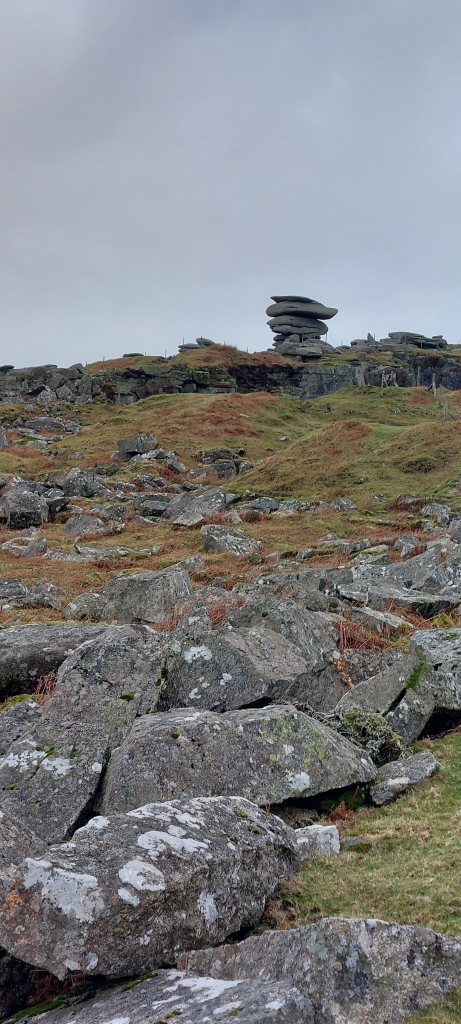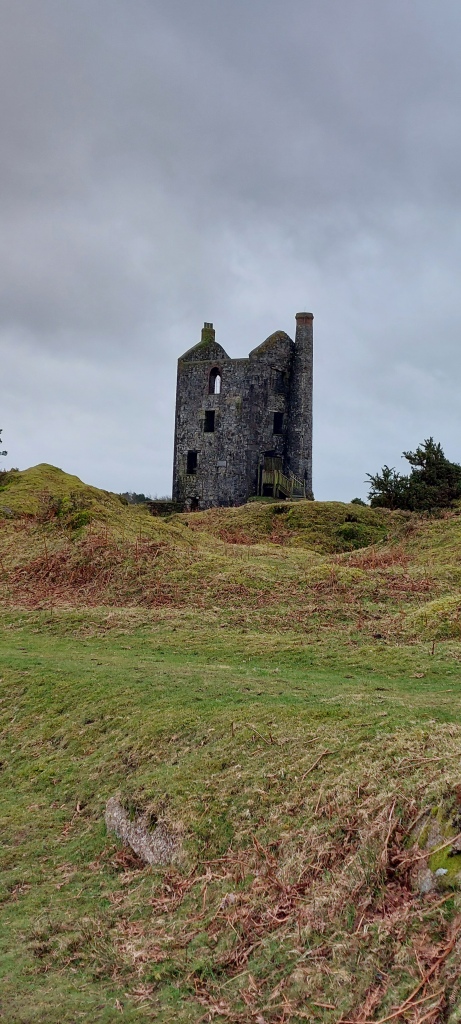I wish writing inspiration came more to order. Instead of poetry filling my head when I’m trying to write prose. Or line after line chasing round my brain just as I get into bed. Or art ideas surfacing when I want words.
Or nothing at all. Complete indifferent blankness.
That’s what it’s been like today. In fact, there have been elements of it all week.
I’ve had a project on the go for months for a new visual poetry collection, with a provisional title of Where The Soul Lives. It’s based on the idea that different cultures think the soul is located in different organs of the body. And I have some good (I think) ideas about how to explore that, using different art techniques and having fun with some anatomy and neurology textbooks. I’ve a specific piece I’ve been working on recently. But I can’t seem to tie the details down to put in place.
Some of the problem is lack of confidence. To just get on with doing something and not worry about getting it right first time. That can come later. (And I wonder if I’m telling you about this so it will give me some accountability, because you – hopefully – will want to see the end result).

Some of the problem is that I’ve had another idea. And the words, the thought processes are flowing more easily for that one. I’ve been playing with erasure poems and borrowed words – where you take a text from something else, anything else really, and edit it right down to make something new, or use the edited highlights as a framework for a new piece of writing. There can be some wonderful musicality and metaphors to be found in unexpected places. And I love that.
This time it’s ornithology books and I’m envisaging a chapbook or maybe something longer, initially using descriptions of the birds that visit our garden feeder, maybe developing to others that can be found in the locality.
How do you make progress on one thing when inspiration is more forthcoming for something else? And how do you maintain discipline without being rigid and losing the flexibility that is necessary for creativity?
Having the structure of a degree held me on course. Perhaps it was because I could easily see an end product, a specific measure of achievement. And I knew I only had that year to do it in. Perhaps it was because I had weekly goals and validation in the form of feedback from colleagues and lecturers. It’s much harder to keep myself accountable only to myself, no matter how many goals or deadlines I set.
So I am left at the whims of self discipline and inspiration.
One of my favourite Instagram accounts, @inspiredtowrite, posted a picture recently that said:
I WAIT FOR NO MUSE. I AM THE MUSE.
I need to remember that.
I just need to figure out how to put it into practice.
